Home>Articles>What Temperature do You Cook Chicken in Electric Skillet
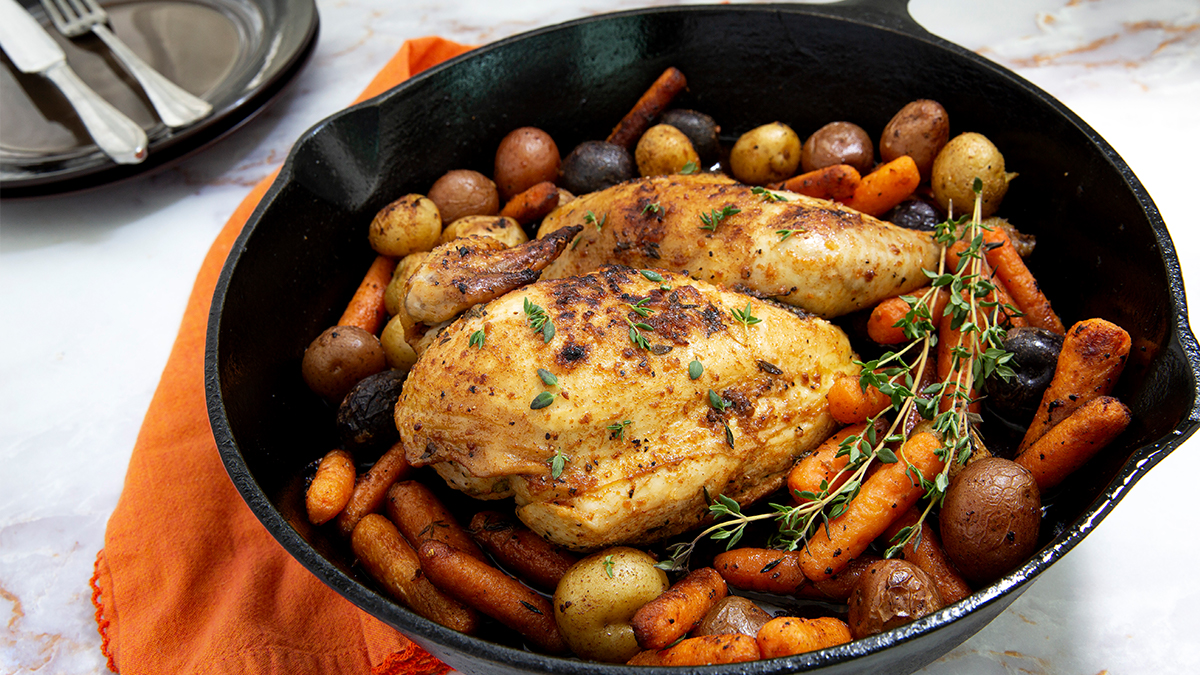

Articles
What Temperature do You Cook Chicken in Electric Skillet
Modified: December 6, 2023
Learn the ideal temperature for cooking chicken in an electric skillet with our informative articles. Master the art of perfectly cooked chicken dishes!
(Many of the links in this article redirect to a specific reviewed product. Your purchase of these products through affiliate links helps to generate commission for Storables.com, at no extra cost. Learn more)
Introduction
Cooking chicken in an electric skillet is a convenient and efficient way to prepare delicious meals. Whether you’re a beginner in the kitchen or a seasoned cook, an electric skillet offers versatile options for cooking chicken to perfection. Electric skillets provide even heat distribution, precise temperature control, and the added convenience of easy cleanup. In this article, we will explore the benefits of cooking chicken in an electric skillet, factors to consider when using one, recommended cooking temperatures, cooking times for different cuts of chicken, and some essential tips for success.
One of the significant benefits of cooking chicken in an electric skillet is the even heat distribution. Unlike stovetop cooking, electric skillets distribute heat evenly across the cooking surface, ensuring that the chicken cooks evenly and thoroughly. This eliminates the risk of undercooked or overcooked chicken, resulting in succulent and tender meat every time.
Another advantage of using an electric skillet is the precise temperature control it offers. Most electric skillets come with a thermostat that allows you to select the desired cooking temperature accurately. This level of control is vital when cooking chicken, as it helps you achieve the perfect internal temperature without overcooking or drying out the meat. From searing and browning chicken breasts to slow-cooking whole chickens, an electric skillet gives you the flexibility to try various cooking techniques with ease.
When using an electric skillet, there are a few factors to consider to ensure optimal cooking results. First, it’s essential to select the right size skillet for the amount of chicken you plan to cook. Too small of a skillet can overcrowd the chicken, leading to uneven cooking and potentially longer cooking times. On the other hand, a skillet that is too large may cause the chicken to cook unevenly as well due to heat dispersion. It’s best to choose a skillet that allows enough space for the chicken to cook without overcrowding the surface.
Temperature control is another crucial factor to pay attention to when cooking chicken in an electric skillet. Different cuts of chicken require different cooking temperatures to ensure both safety and taste. Overcooked chicken can become dry and tough, while undercooked chicken may pose a risk of foodborne illnesses. We will discuss the recommended cooking temperatures for various cuts of chicken in the next section to help you achieve the best results.
Overall, cooking chicken in an electric skillet is a practical and efficient way to enjoy flavorful and tender meat. With the benefits of even heat distribution, precise temperature control, and ease of use, an electric skillet can quickly become a go-to tool in your kitchen. In the following sections, we will delve deeper into the recommended cooking temperatures and times for different cuts of chicken, as well as share some valuable tips for cooking chicken in an electric skillet. Let’s get started and elevate your chicken cooking game!
Key Takeaways:
- Cooking chicken in an electric skillet offers even heat distribution, precise temperature control, and versatile cooking options, ensuring flavorful and tender results every time.
- Consider factors such as skillet size, temperature control, and cooking times, and follow recommended temperatures to ensure safe and delicious chicken dishes.
Benefits of Cooking Chicken in an Electric Skillet
Cooking chicken in an electric skillet offers several benefits that make it a popular choice for many home cooks. Let’s explore some of these advantages:
- Even Heat Distribution: One of the significant benefits of using an electric skillet to cook chicken is its ability to provide even heat distribution. Unlike stovetop cooking, where the heat source may be concentrated more in the center of the pan, electric skillets distribute heat uniformly across the cooking surface. This ensures that the chicken cooks evenly and prevents any hot spots that could lead to unevenly cooked or burnt chicken.
- Precise Temperature Control: Electric skillets often come equipped with a thermostat that allows for accurate temperature control. This feature is particularly beneficial when cooking chicken, as different cuts and recipes require specific temperatures for optimal results. From searing chicken breasts at a higher temperature to slow-cooking a whole chicken at a lower heat, the precise temperature control of an electric skillet gives you the flexibility to cook chicken to perfection.
- Convenience: Electric skillets offer a convenient cooking method for chicken. With a plug-in design, they can be placed anywhere on the countertop, eliminating the need for a stove. This is especially useful when cooking in outdoor settings or when kitchen stovetop space is limited. Additionally, electric skillets often come with non-stick surfaces, making them easy to clean up after cooking.
- Energy Efficiency: Compared to traditional stovetop cooking, electric skillets are generally more energy-efficient. They focus heat directly onto the cooking surface, minimizing heat loss in the surrounding areas. This efficiency can translate into reduced energy consumption and lower energy bills.
- Versatility: Electric skillets offer a versatile cooking option for chicken. They can be used for various cooking techniques, including frying, sautéing, stir-frying, and even baking. Whether you want crispy skin on a fried chicken or prefer a gentle simmer on a chicken stew, an electric skillet can handle it all.
- Consistent Results: With the combination of even heat distribution and precise temperature control, electric skillets provide consistent results when cooking chicken. This means you can expect reliable outcomes every time you use the skillet, making it easier to attain the level of doneness and flavor you desire.
These benefits make cooking chicken in an electric skillet an attractive option for both novice and experienced cooks. The even heat distribution, precise temperature control, convenience, energy efficiency, versatility, and consistent results contribute to a positive cooking experience and deliciously cooked chicken. Now that we’ve explored the advantages of cooking chicken in an electric skillet, let’s move on to the factors to consider when using one to ensure optimal cooking results.
Factors to Consider when Cooking Chicken in an Electric Skillet
When cooking chicken in an electric skillet, several factors should be taken into consideration to ensure successful and safe results. Let’s discuss these factors in detail:
- Skillet Size: It’s important to choose the right size skillet for the amount of chicken you plan to cook. Using a skillet that is too small can overcrowd the chicken, leading to uneven cooking and potentially longer cooking times. On the other hand, using a skillet that is too large may result in heat dispersion and uneven cooking. It’s best to select a skillet that provides enough space for the chicken to cook without overcrowding the surface.
- Temperature Control: Electric skillets offer precise temperature control, allowing you to cook chicken at the ideal temperature. Different cuts of chicken require different cooking temperatures to ensure both safety and taste. It’s important to refer to recommended cooking temperature guidelines to achieve the best results. Using a meat thermometer to check the internal temperature of the chicken can help ensure that it reaches the desired doneness without overcooking.
- Cooking Time: The cooking time for chicken in an electric skillet will vary depending on the cut and size of the chicken. It’s essential to follow recommended cooking times and guidelines to ensure that the chicken reaches a safe internal temperature. Undercooked chicken can pose a risk of foodborne illnesses, while overcooked chicken may become dry and tough. Keep in mind that the cooking time can also be affected by the thickness of the chicken pieces, so it’s essential to monitor them closely.
- Seasoning and Marinades: Adding flavor to the chicken is an important aspect of cooking. Whether you’re using dry rubs, marinades, or wet brines, it’s crucial to take into account the cooking time and temperature. Some marinades or sauces may burn if the heat is too high or if cooked for too long. It’s important to adjust the heat and monitor the chicken to prevent burning and to allow the flavors to develop properly.
- Safety Measures: When handling raw chicken, it is essential to observe proper food safety measures. This includes properly washing hands before and after handling chicken, using separate cutting boards and utensils for raw chicken, and avoiding cross-contamination with other foods. It’s also important to ensure that the chicken is cooked to a safe internal temperature to kill any harmful bacteria. Refer to food safety guidelines and recommended cooking temperatures for chicken to ensure that it is safe for consumption.
- Resting Time: After cooking chicken in an electric skillet, allow it to rest for a few minutes before serving. This resting period allows the juices to redistribute throughout the meat, resulting in a juicier and more flavorful final product. Use this time to clean up any kitchen mess or prepare side dishes before serving the deliciously cooked chicken.
By considering these factors when cooking chicken in an electric skillet, you can ensure that your chicken is cooked to perfection – flavorful, tender, and safe for consumption. Now that we have covered the factors to consider, let’s move on to discussing the recommended cooking temperatures for chicken in an electric skillet.
Recommended Cooking Temperatures for Chicken in an Electric Skillet
When cooking chicken in an electric skillet, it’s crucial to ensure that the chicken reaches a safe internal temperature to prevent the risk of foodborne illnesses. Here are the recommended cooking temperatures for different cuts of chicken in an electric skillet:
- Whole Chicken: To cook a whole chicken in an electric skillet, it’s recommended to preheat the skillet to 325°F (163°C). Cook the chicken until it reaches an internal temperature of 165°F (74°C) in the thickest part of the thigh. This ensures that the chicken is fully cooked and safe to consume.
- Chicken Breasts: For boneless, skinless chicken breasts, preheat the electric skillet to medium-high heat, around 375°F (190°C). Cook the chicken breasts until they reach an internal temperature of 165°F (74°C). This will result in juicy and tender chicken breasts.
- Chicken Thighs and Drumsticks: For bone-in chicken thighs and drumsticks, preheat the electric skillet to medium heat, around 350°F (177°C). Cook the chicken pieces until they reach an internal temperature of 165°F (74°C). The meat should be tender and juicy when properly cooked.
- Chicken Wings: To cook chicken wings in an electric skillet, preheat it to medium heat, around 350°F (177°C). Cook the wings until they reach an internal temperature of 165°F (74°C). This will result in crispy and flavorful wings.
- Ground Chicken: When cooking ground chicken in an electric skillet, preheat it to medium heat, around 350°F (177°C). Cook the ground chicken until it reaches an internal temperature of 165°F (74°C) throughout. This ensures that ground chicken is thoroughly cooked and safe to eat.
It’s important to note that these temperatures are guidelines and may vary slightly depending on the specific recipe and personal preference. Always use a meat thermometer to check the internal temperature of the chicken to ensure it reaches the appropriate level of doneness.
By cooking chicken to these recommended temperatures, you can ensure both the safety and taste of the chicken. Overcooked chicken can become dry and tough, while undercooked chicken may pose health risks. Following these temperature guidelines will help you achieve perfectly cooked chicken every time you use an electric skillet.
Now that we’ve covered the recommended cooking temperatures, let’s move on to the cooking times for different cuts of chicken in an electric skillet.
When cooking chicken in an electric skillet, the recommended internal temperature for safe consumption is 165°F (75°C). Use a meat thermometer to ensure the chicken reaches this temperature before serving.
Cooking Times for Different Cuts of Chicken in an Electric Skillet
When cooking chicken in an electric skillet, the cooking time can vary depending on the cut and thickness of the chicken. Here are some general guidelines for cooking times for different cuts of chicken in an electric skillet:
- Whole Chicken: The cooking time for a whole chicken in an electric skillet can range from 1 to 1.5 hours, depending on the size of the chicken and the cooking temperature. It’s recommended to use a meat thermometer to check the internal temperature and ensure it reaches 165°F (74°C) in the thickest part of the thigh.
- Chicken Breasts: Boneless, skinless chicken breasts typically cook in about 6 to 8 minutes per side over medium-high heat, or until they reach an internal temperature of 165°F (74°C). Thicker chicken breasts may require slightly longer cooking times.
- Chicken Thighs and Drumsticks: Bone-in chicken thighs and drumsticks usually take around 10 to 12 minutes per side over medium heat to cook through. Ensure they reach an internal temperature of 165°F (74°C) for safe consumption.
- Chicken Wings: Chicken wings generally cook in about 10 to 12 minutes per side over medium heat, or until they reach an internal temperature of 165°F (74°C). Adjust the cooking time based on the desired level of crispiness.
- Ground Chicken: Ground chicken cooks relatively quickly. It usually takes about 8 to 10 minutes over medium heat to cook thoroughly. Ensure the internal temperature reaches 165°F (74°C) to ensure it is safe to eat.
These cooking times are meant as a general guideline and may vary based on the specific thickness of the chicken pieces and the cooking temperature. To ensure the chicken is cooked to the desired level of doneness, it’s best to use a meat thermometer to check the internal temperature.
Keep in mind that cooking times may also be affected by factors such as the starting temperature of the chicken, the size of the electric skillet, and individual heat settings. It’s essential to monitor the chicken closely, especially towards the end of the cooking time, to prevent overcooking and maintain the chicken’s juiciness and tenderness.
Now that we’ve covered the cooking times for different cuts of chicken, let’s move on to some essential tips for cooking chicken in an electric skillet.
Tips for Cooking Chicken in an Electric Skillet
Cooking chicken in an electric skillet can yield delicious and flavorful results. Here are some essential tips to help you achieve the best outcomes:
- Preheat the skillet: Before cooking chicken, it’s important to preheat the electric skillet to the appropriate temperature. This ensures that the chicken cooks evenly and prevents sticking to the cooking surface. Follow the manufacturer’s guidelines for preheating the skillet.
- Season the chicken: To enhance the flavor of the chicken, season it with your choice of herbs, spices, or marinades. Seasoning can be done in advance for better flavor absorption, or you can season it just before cooking. Allow the chicken to sit at room temperature for a few minutes before adding it to the skillet.
- Use adequate oil or cooking spray: To prevent sticking and ensure a crispy texture, add a thin layer of oil or cooking spray to the electric skillet before placing the chicken. This helps in achieving a golden-brown sear and prevents the chicken from sticking to the surface.
- Avoid overcrowding the skillet: Give the chicken enough space in the skillet to cook properly. Overcrowding the skillet can lead to uneven cooking and steaming rather than searing. Cook the chicken in batches if needed, ensuring that there is enough space between each piece.
- Monitor internal temperature: To ensure that the chicken is cooked to a safe internal temperature, use a meat thermometer to check the doneness. Insert the thermometer into the thickest part of the chicken, avoiding bones. The chicken should reach an internal temperature of 165°F (74°C).
- Flip or turn the chicken: Flip or turn the chicken halfway through the cooking process to ensure even browning and cooking on both sides. This helps in achieving a uniform texture and flavor throughout the chicken.
- Let the chicken rest: Once the chicken is cooked, remove it from the skillet and let it rest for a few minutes before serving. This allows the juices to redistribute, resulting in a more tender and flavorful end product.
- Experiment with flavors: Don’t be afraid to get creative with flavors and seasonings. Try different marinades, spice blends, or sauces to add variety to your chicken dishes. Electric skillets provide the versatility to explore various flavors and cooking techniques.
- Clean the skillet properly: After cooking chicken, allow the skillet to cool before cleaning it. Use warm soapy water and a non-abrasive sponge or cloth to clean the surface. Avoid using harsh abrasives that could damage the non-stick coating.
- Practice food safety: Follow proper food safety guidelines when handling chicken. Wash hands, utensils, and surfaces that come into contact with raw chicken to prevent cross-contamination. Cook chicken to the recommended internal temperature to ensure it is safe to eat.
By following these tips, you can achieve deliciously cooked chicken with an electric skillet. Whether you’re searing chicken breasts, slow-cooking a whole chicken, or making crispy chicken wings, these tips will help you elevate your chicken dishes to new heights. Enjoy the flavors and versatility that cooking with an electric skillet brings!
Now, let’s summarize what we’ve covered in this article.
Conclusion
Cooking chicken in an electric skillet offers numerous benefits, making it a convenient and efficient method for preparing delicious meals. The even heat distribution and precise temperature control of electric skillets ensure that the chicken cooks evenly and reaches the desired level of doneness. Electric skillets also provide the convenience of easy cleanup and versatile cooking options, allowing you to try various cooking techniques with ease.
When cooking chicken in an electric skillet, it’s important to consider factors such as skillet size, temperature control, cooking time, seasoning, safety measures, and resting time. These considerations ensure that you achieve optimal results and enjoy safe and flavorful chicken dishes.
To cook chicken to perfection, it’s recommended to follow recommended cooking temperatures and cooking times for different cuts of chicken. Using a meat thermometer ensures that chicken reaches a safe internal temperature, preventing the risk of foodborne illnesses and ensuring juicy and tender meat.
By following essential tips, including preheating the skillet, seasoning the chicken, using adequate oil or cooking spray, monitoring internal temperature, flipping or turning the chicken, and allowing it to rest before serving, you can enhance the flavor and texture of the chicken.
With its numerous benefits and versatile cooking options, an electric skillet is a valuable tool in the kitchen for both novice and experienced cooks. So go ahead and experiment with different flavors, marinades, and cooking techniques to elevate your chicken dishes and delight your taste buds.
In conclusion, cooking chicken in an electric skillet offers a convenient, efficient, and flavorful way to enjoy this versatile protein. Take advantage of the even heat distribution, precise temperature control, and convenience that an electric skillet provides, and make your chicken dishes shine. Enjoy the process of experimenting with flavors and techniques, and savor the delicious results!
Frequently Asked Questions about What Temperature Do You Cook Chicken In Electric Skillet
Was this page helpful?
At Storables.com, we guarantee accurate and reliable information. Our content, validated by Expert Board Contributors, is crafted following stringent Editorial Policies. We're committed to providing you with well-researched, expert-backed insights for all your informational needs.
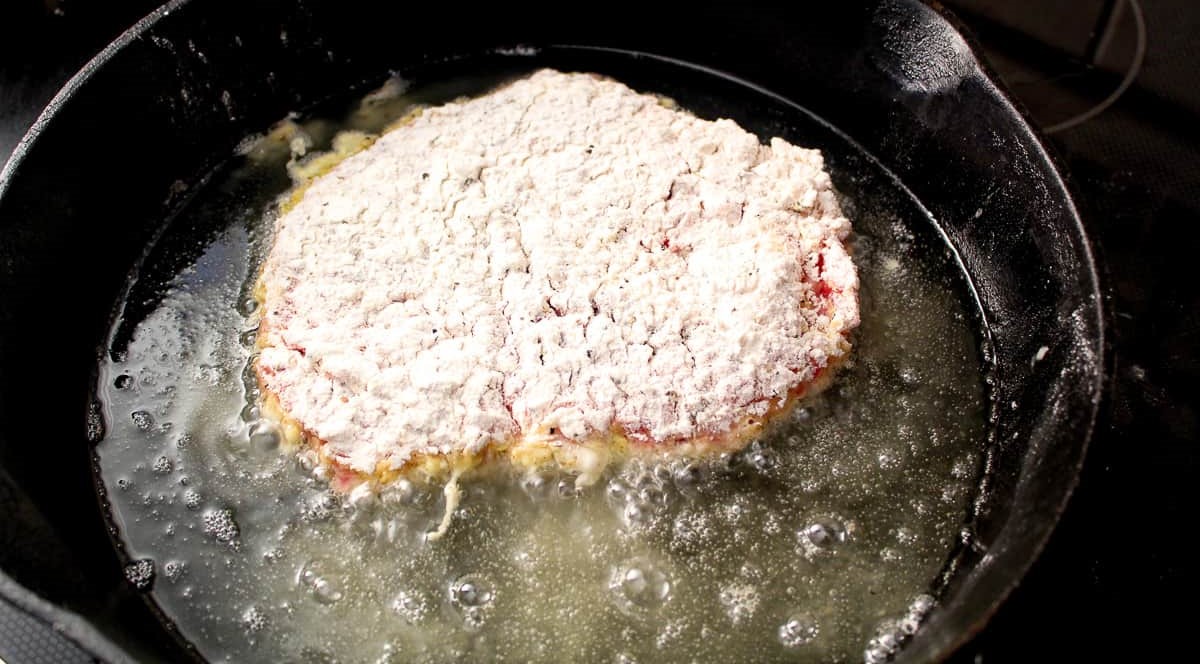
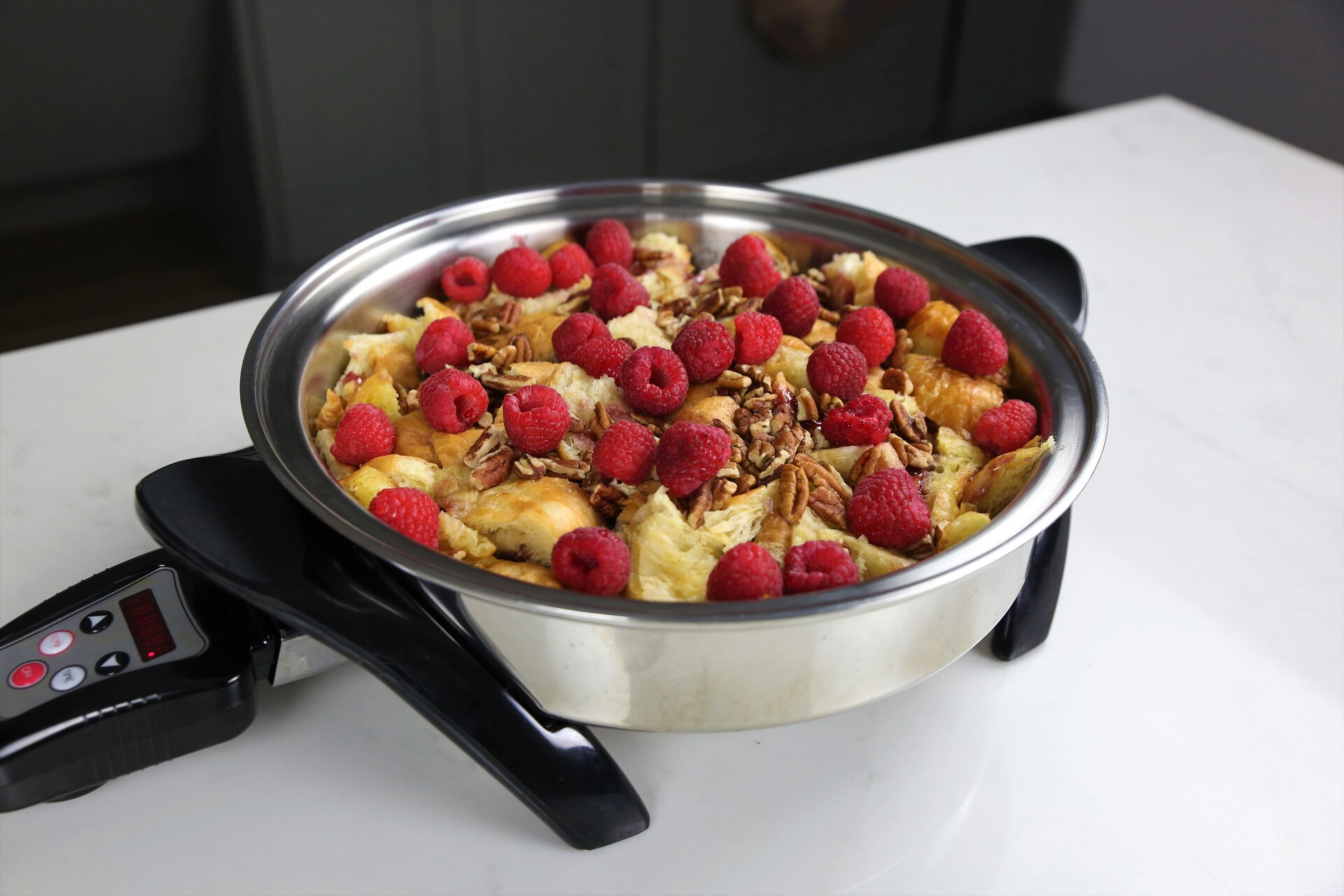
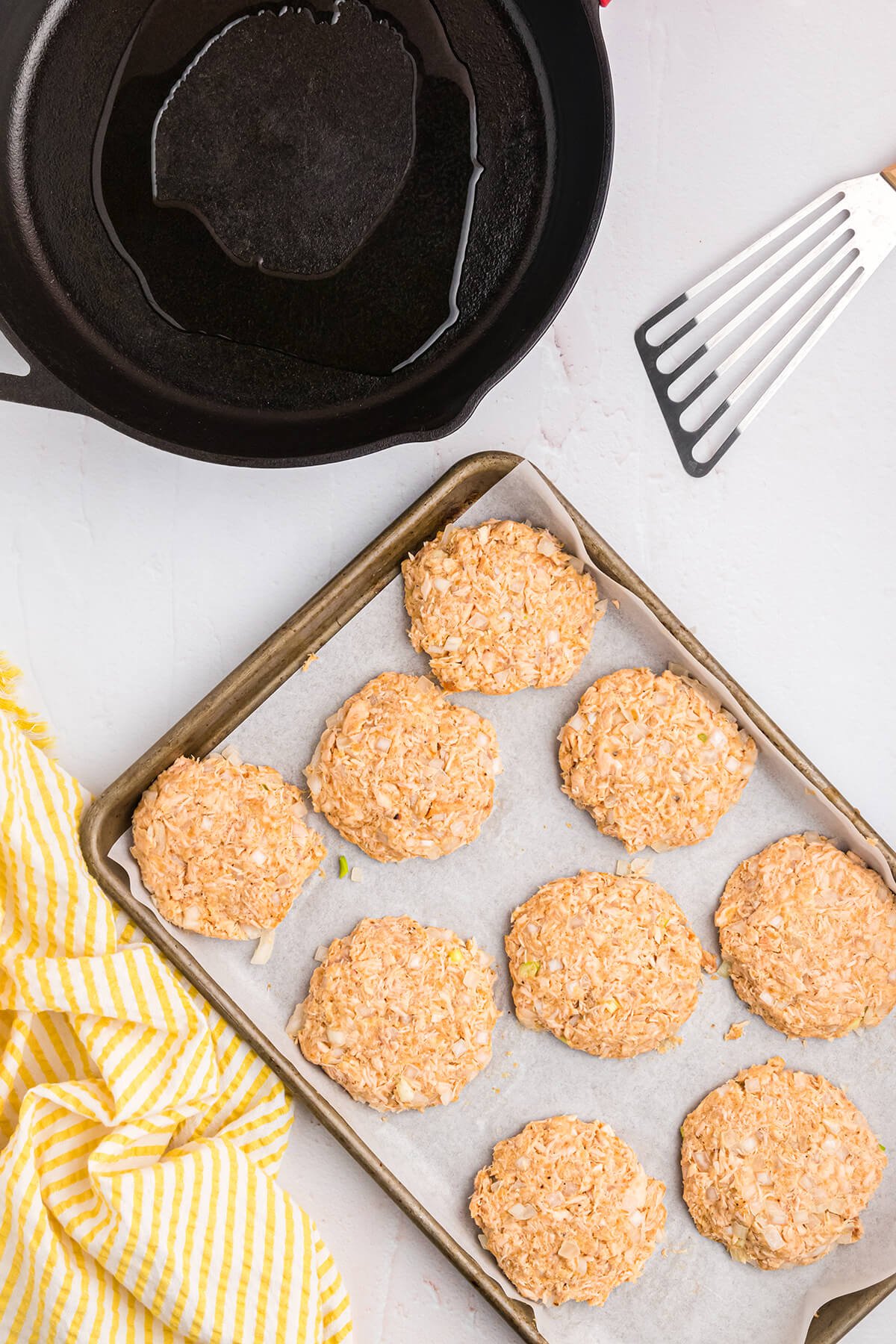

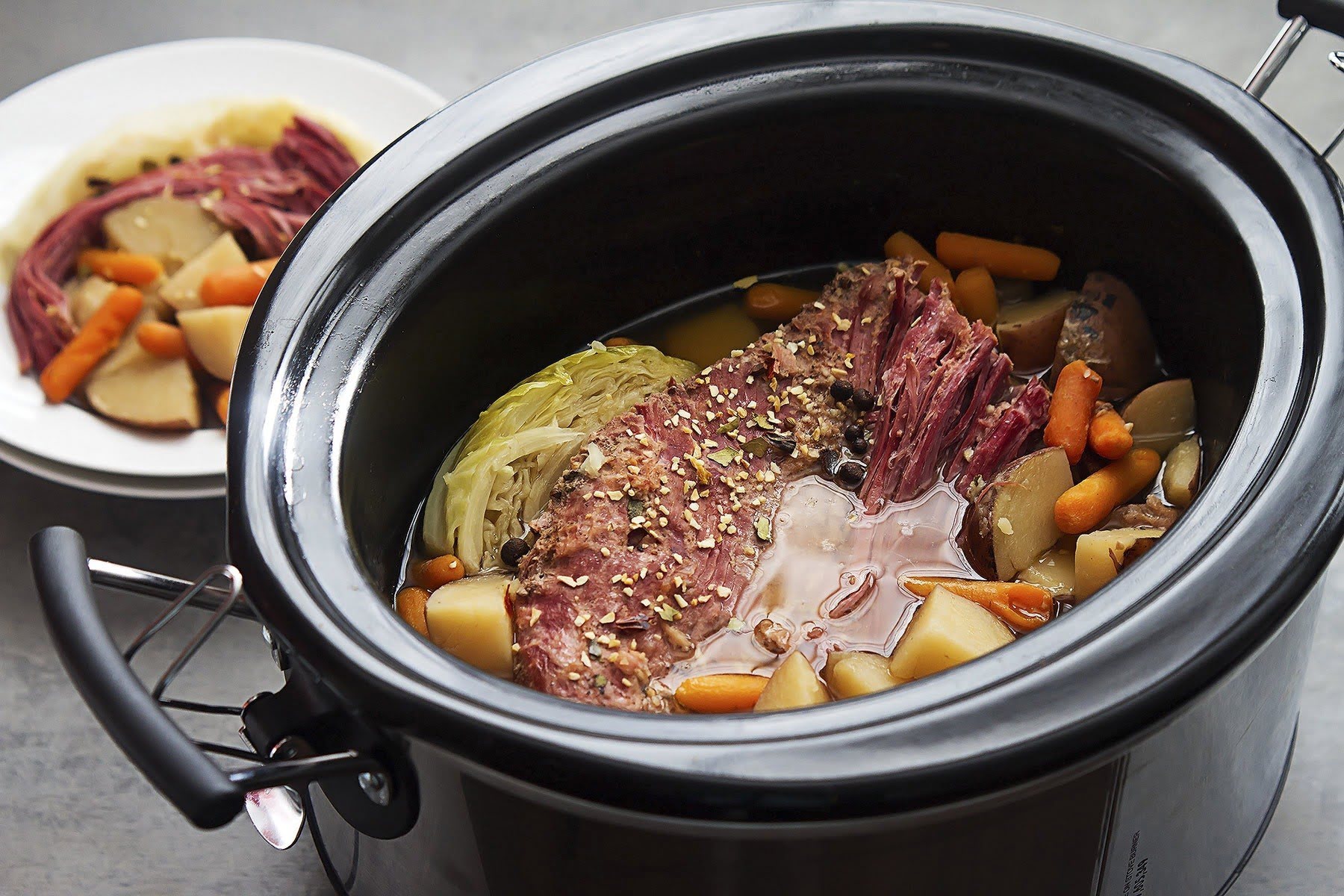
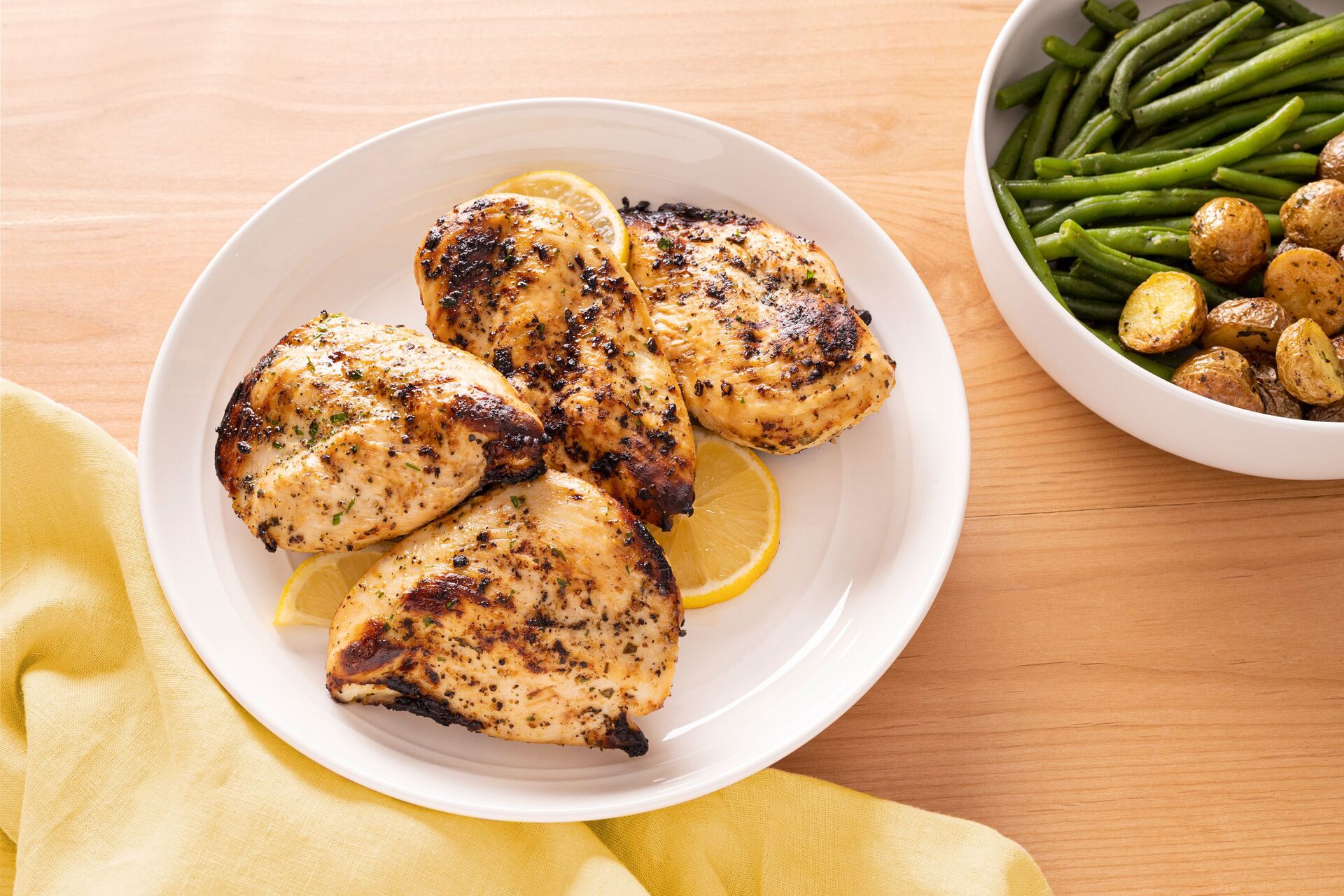
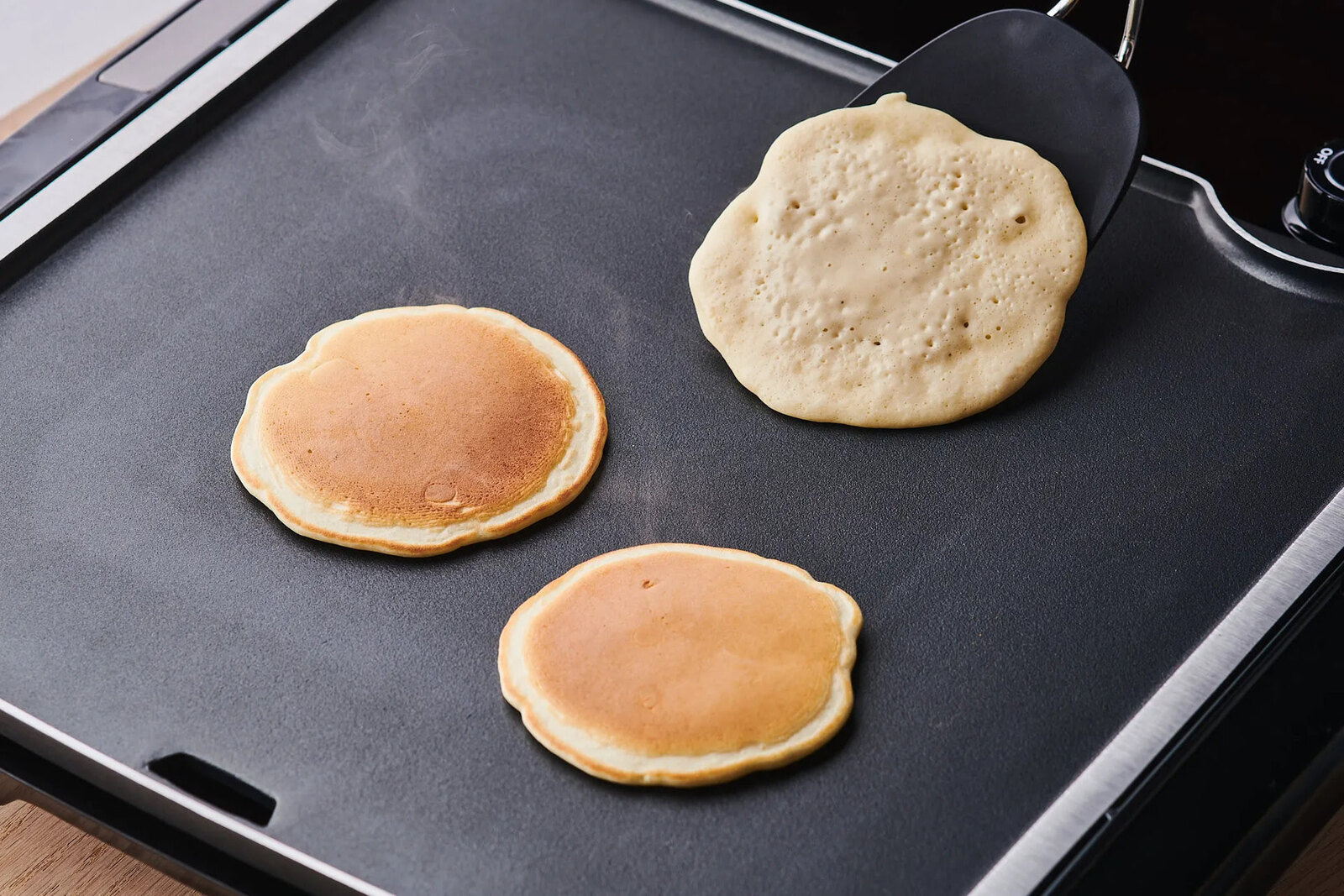
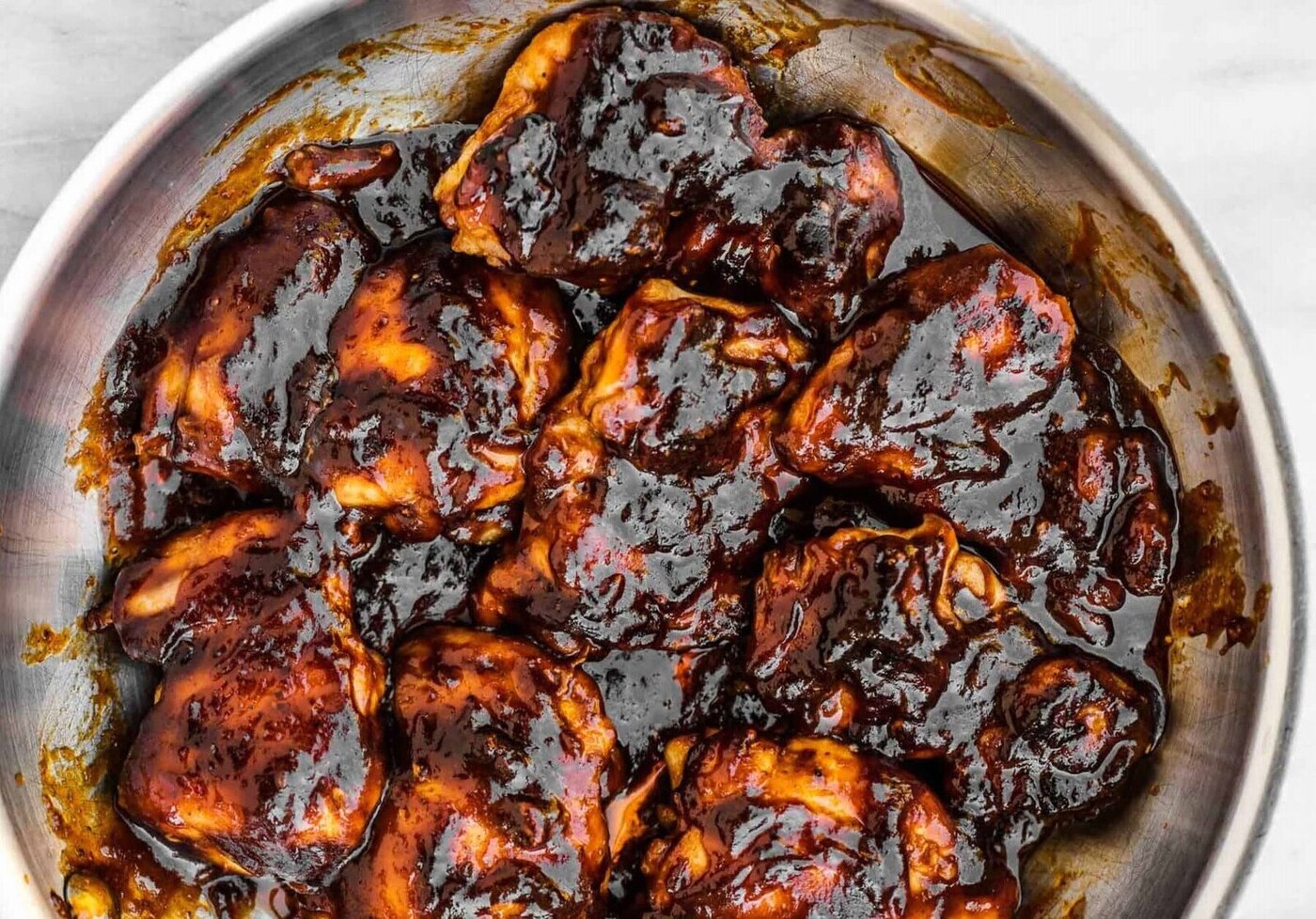
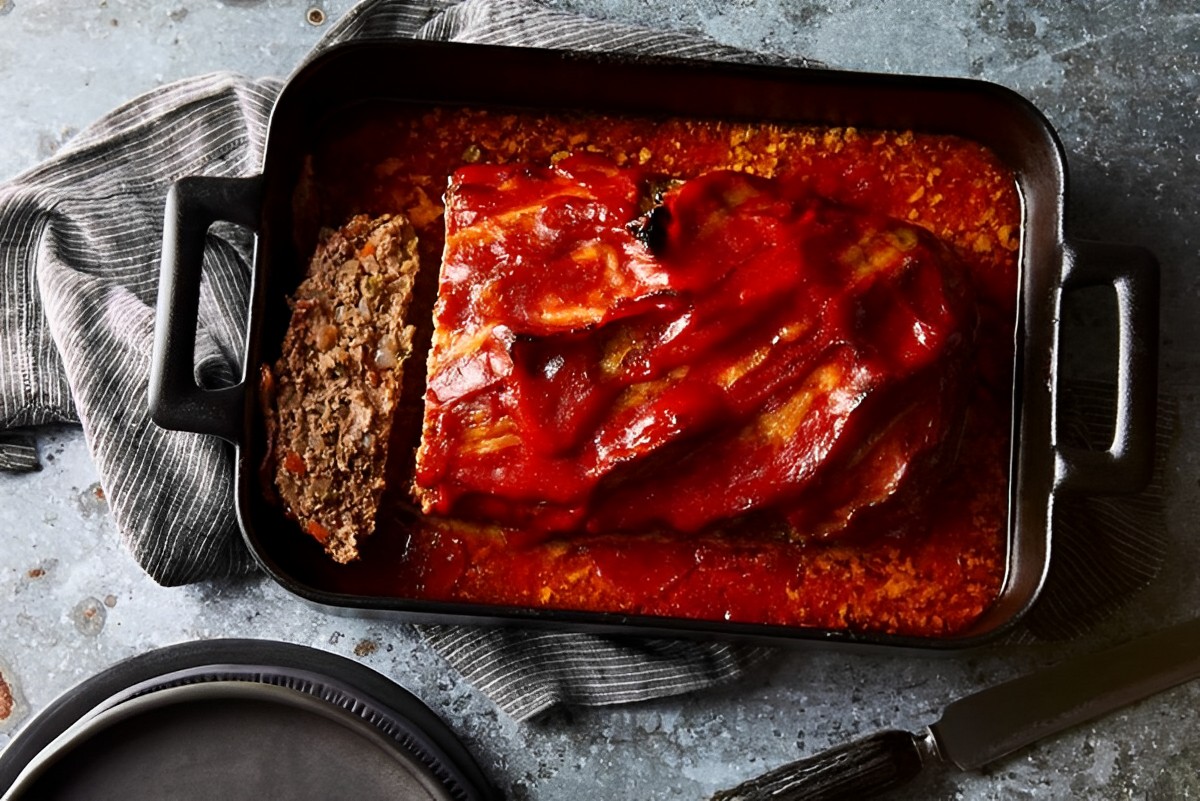
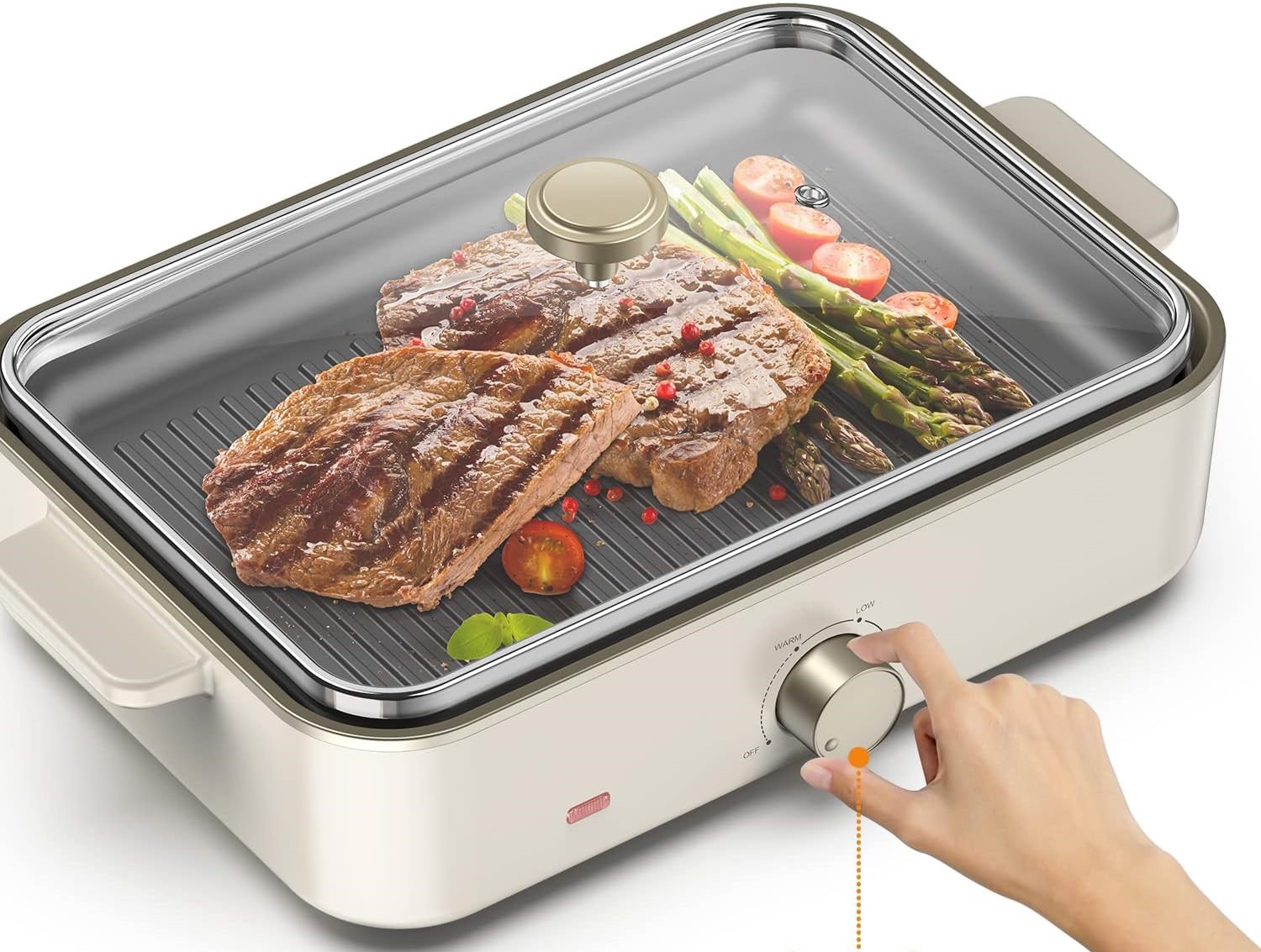
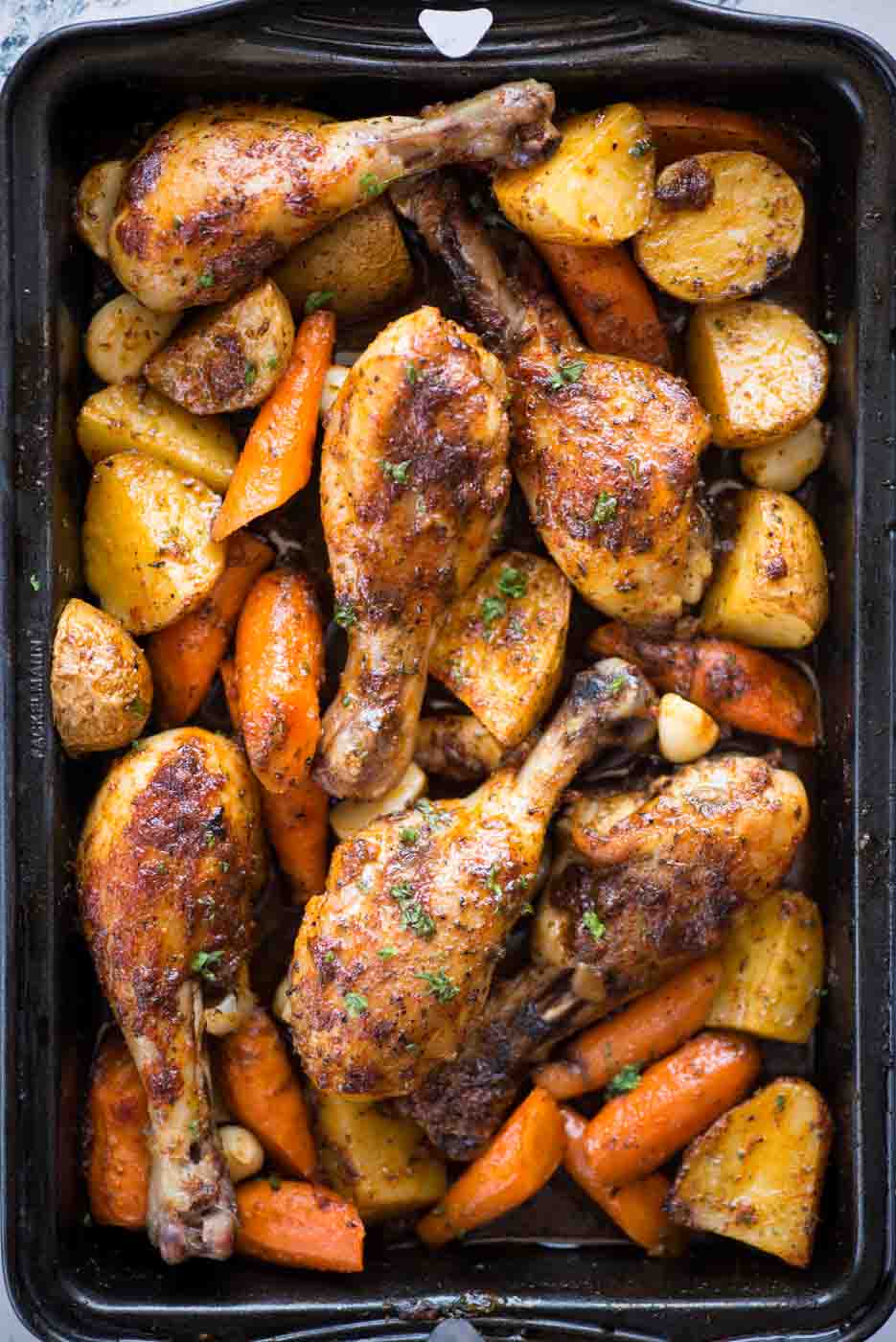
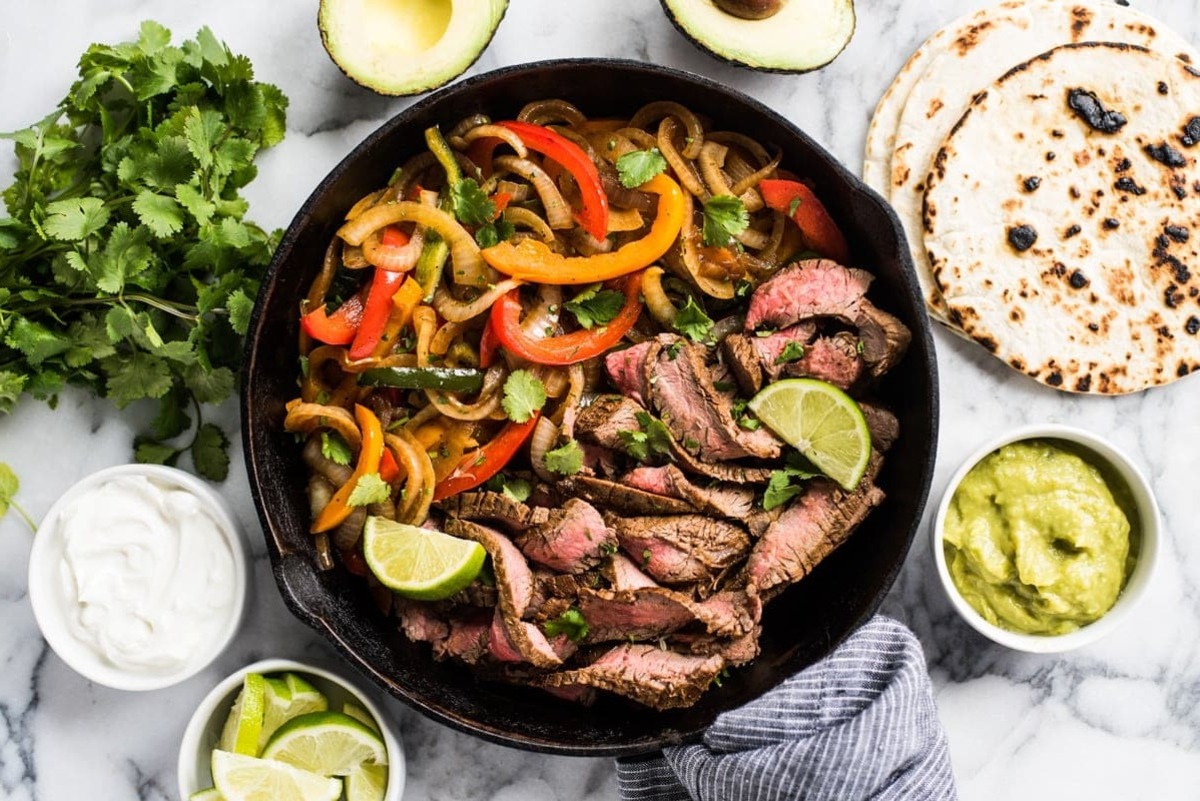
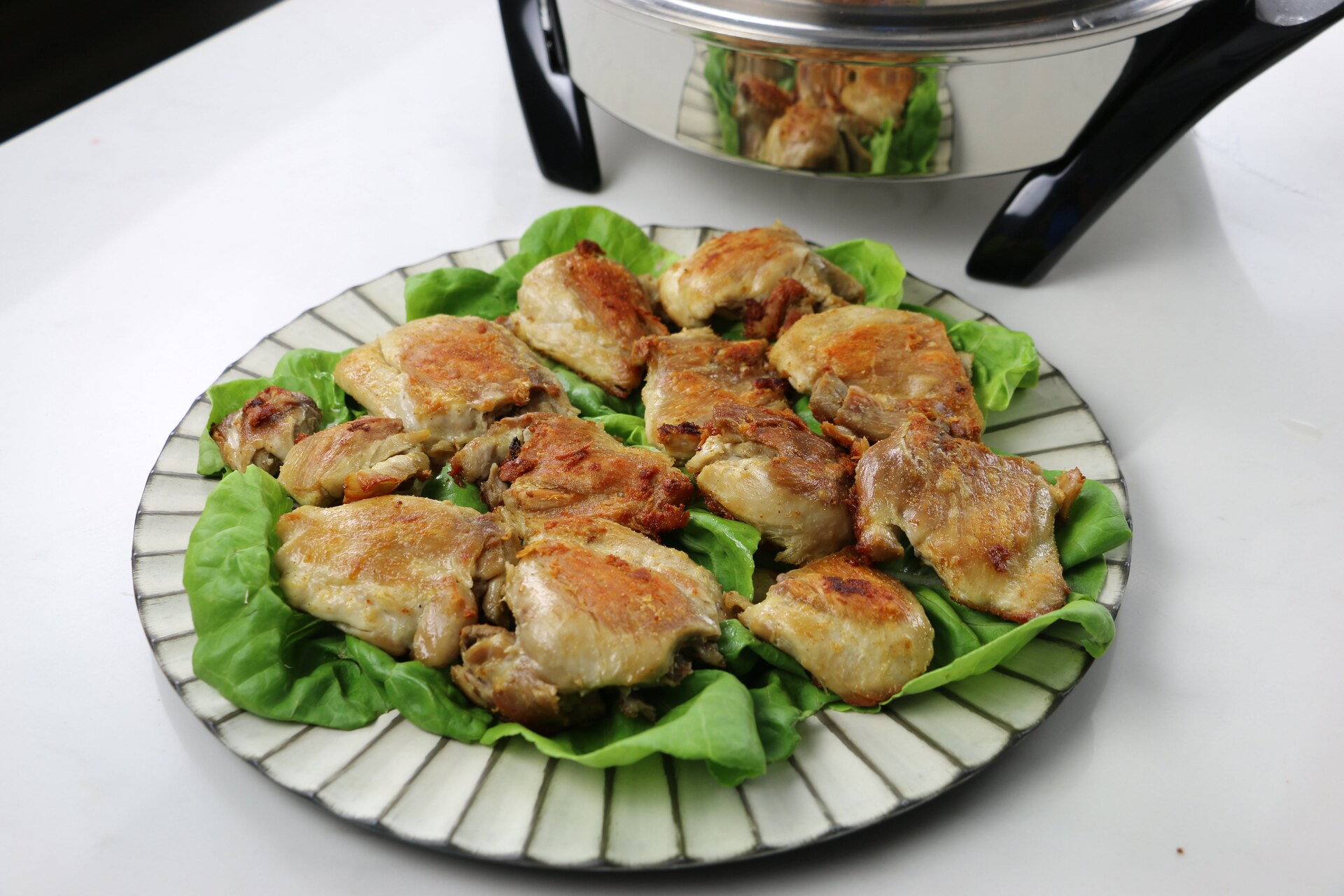
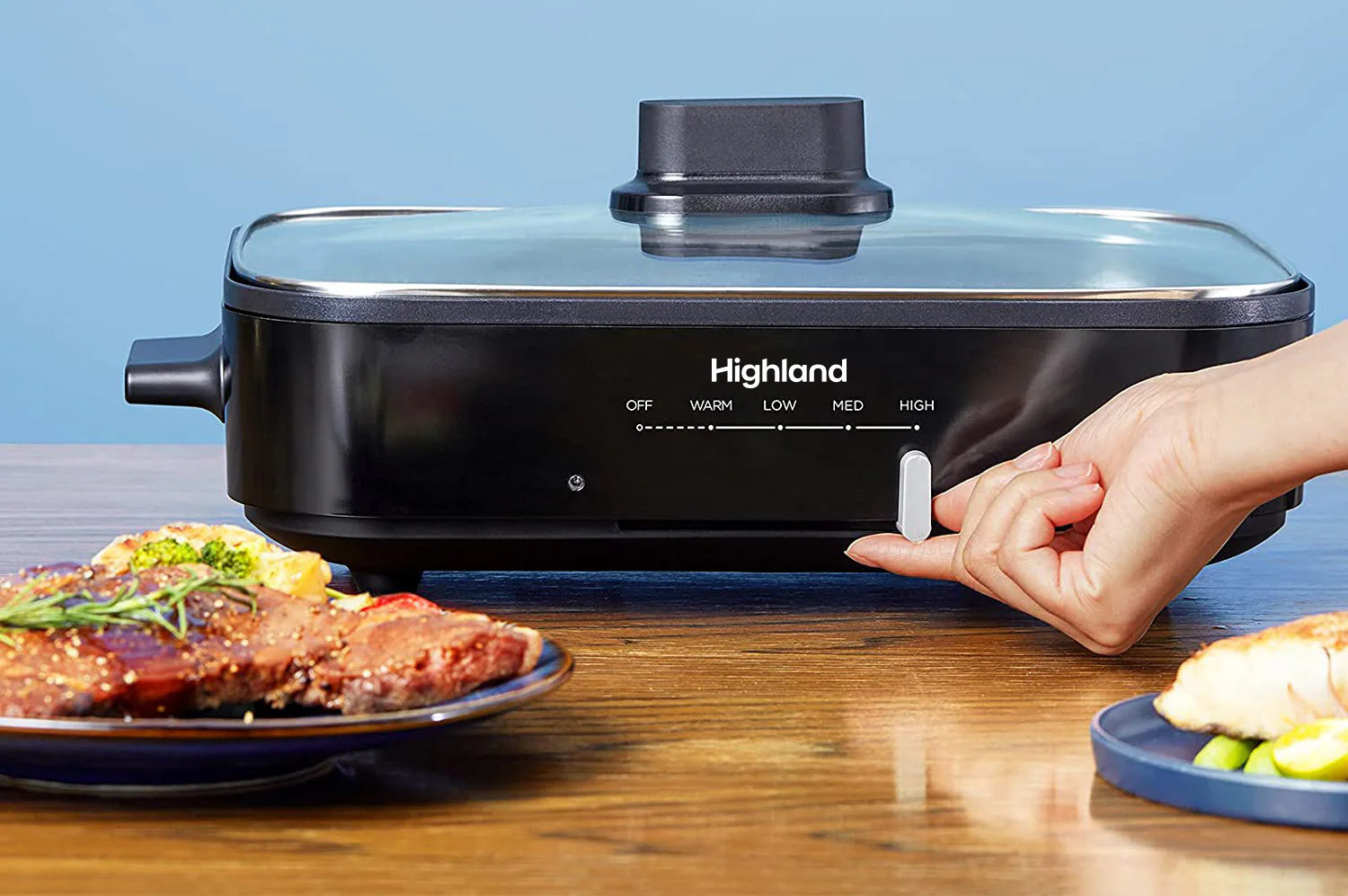

0 thoughts on “What Temperature do You Cook Chicken in Electric Skillet”